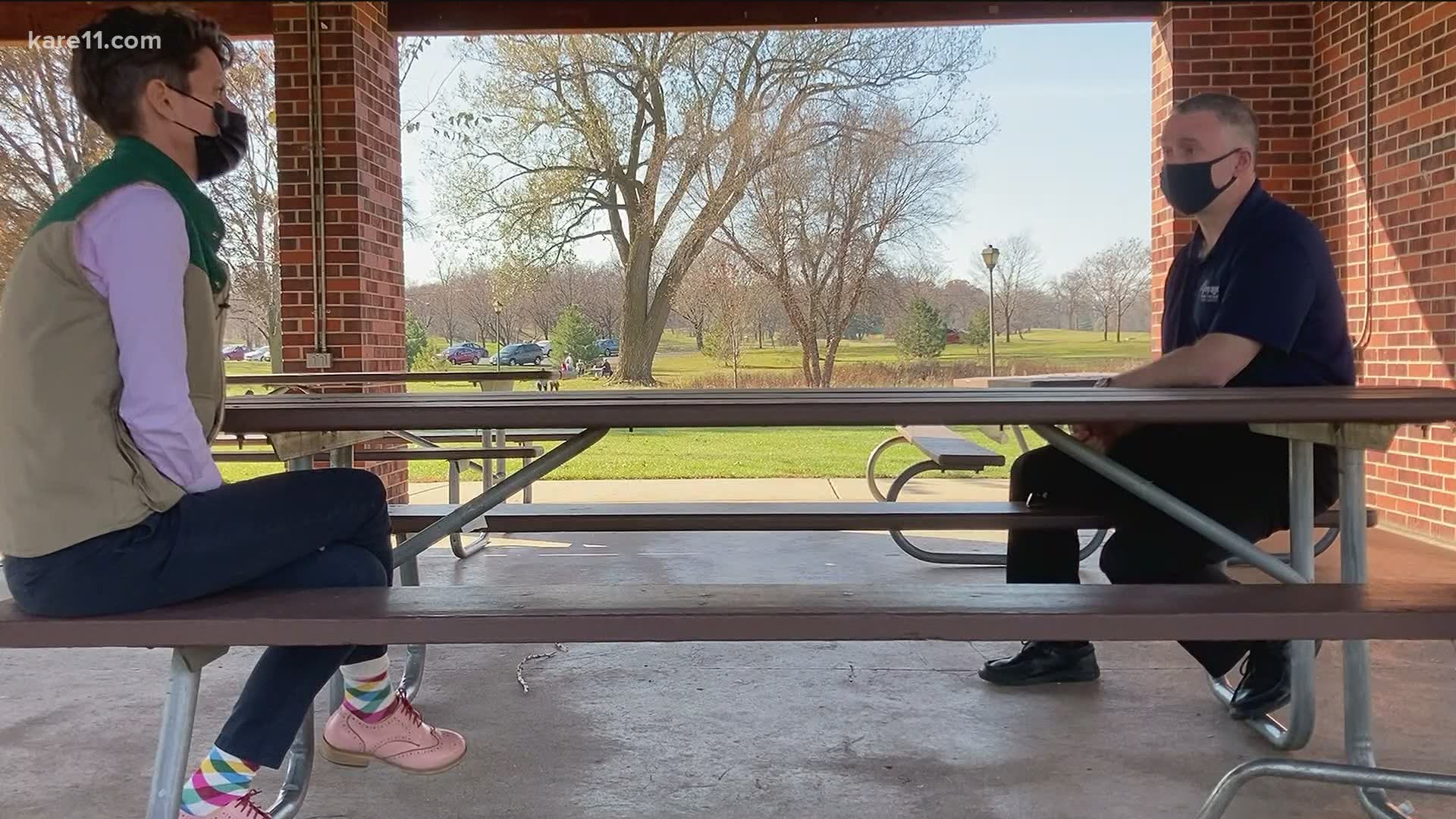MINNEAPOLIS — Eighteen states reported record numbers of COVID-19 patients so sick they needed to go to the hospital Thursday.
The seven-day average for new cases hit record highs in 20 states across the country.
In Minnesota - our infection growth is nearly doubling the testing growth - and we set the worst kind of record - with 216 of our in hospital COVID-19 patients needing ICU care.
“I think what we are seeing in the Twin Cities is the system is near a breaking point and we need to have control enough to have capacity to care for people who are very sick,” said Dr. Scott Colson.
Dr. Colson is in family medicine, and while that is not what folks think of as urgent care, he and the doctors and health care workers in his practices are feeling that sense of urgency, too.
"I saw a patient recently I have known a long time, and this patient needed to be hospitalized," Dr. Colson said. "But when I first called, no beds at the hospital I was trying to admit to - no beds in Twin Cities."
He made more calls and got that admit in time through an emergency room, but that call, combined with the testing rate at his clinic, is signaling, something.
"For symptomatic patients, our personal clinic rate is between 15-20% of tests are positive," Dr. Colson said.
What's that mean in layman's terms?
"When we started, we would test maybe 5-7% of the people we see, were positive," Dr. Colson said. "Now, that is 15-20%."
And it's not just happening in Minnesota.
"The difference now is that there are multiple parts of the country that are reaching numbers like this, and there are only a finite numbers of doctors and nurses out there," Dr. Colson said.
Nobody in Minnesota, or any state, wants to find itself in the place New York City was in back in the spring, when doctors and nurses had to be called in nationwide to fight a relentless surge.
The difference now is that it felt like back in the spring, the nation was more wary of COVID-19. Now, much of the nation is just weary.
"I'm very worried," Dr. Colson said. "I don't consider myself an alarmist. I'm a realist. I see the numbers climbing. I see my patients who come in who have been anti-mask, who have thought much of this as a hoax and then they get sick, and sick for a period of time. Months later, they come tell me, 'Please tell my story because people need to understand how real this is."

